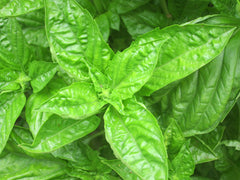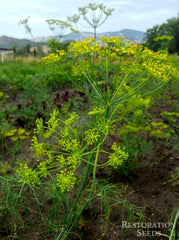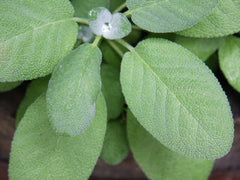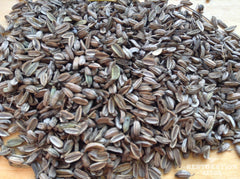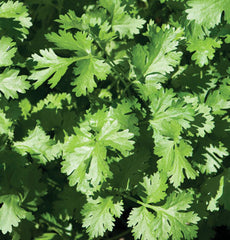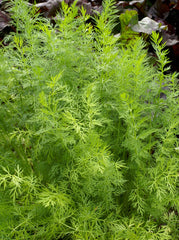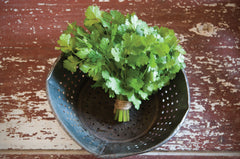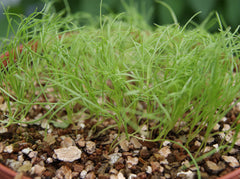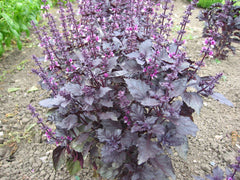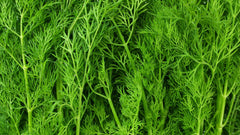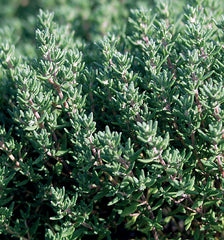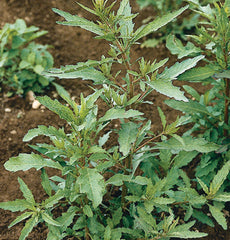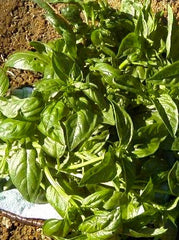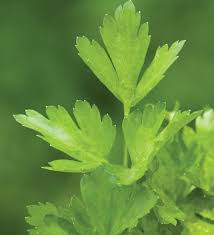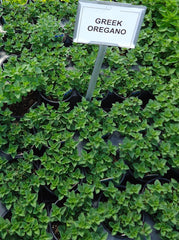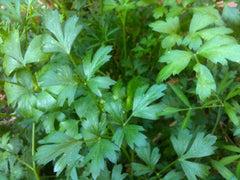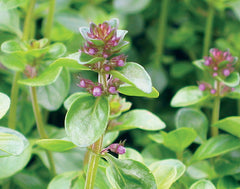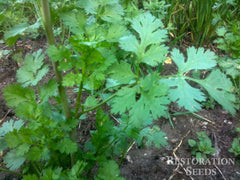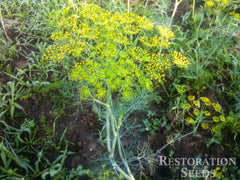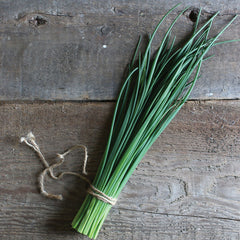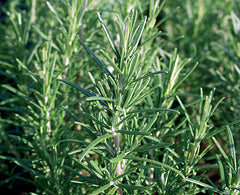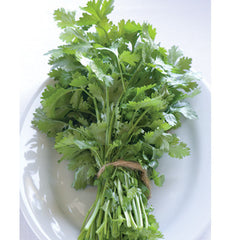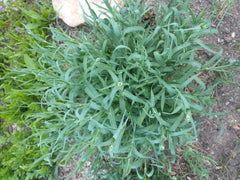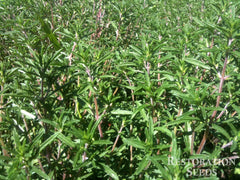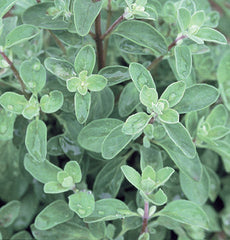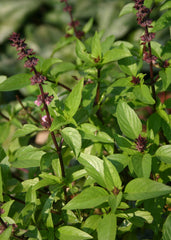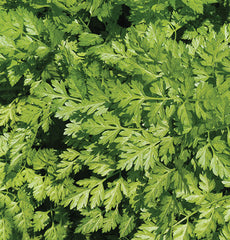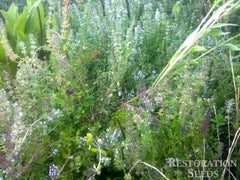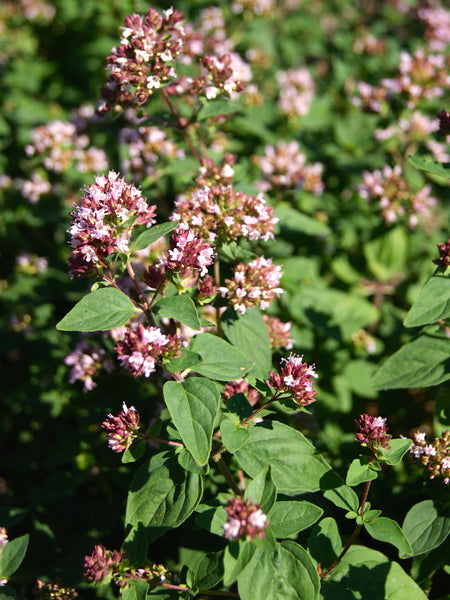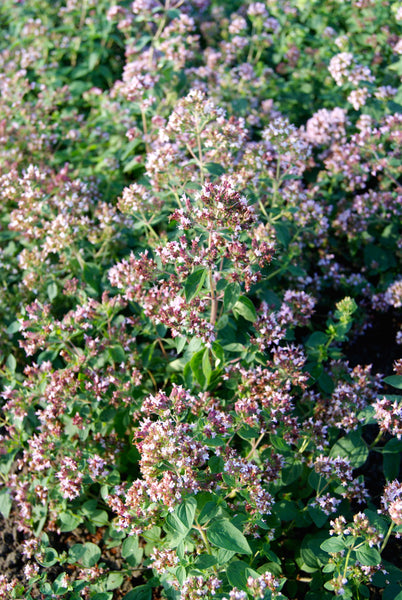Oregano
oregano Oregano Origanum vulgare
HOW TO GROW OREGANO
Start indoors 6-8 weeks before last frost. Cold stratify 35–45˚F for one week to bring the seeds out of dormancy. Keep seed moist while germinating. Divide after three years. Cut back before flowering to encourage new bushy growth. Pick leaves throughout the growing season and use fresh or dried, more flavorful when dried than fresh. Seeds require light to germinate, press into soil, do not cover. Soil pH 6.1-7.8. Hardiness zones 5-9. Perennial.
Days from maturity calculated from the date of seeding. Average 218,000 seeds per ounce. Usual seed life: 3–5 years.
Planting Depth surface requires light
Soil Temp. Germ. 70-80˚F stratify
Days to Germ. 14
Plant Spacing 18-24”
Row Spacing 3-4’
Days To Maturity 80-200
Full Sun, Moist Well Drained
Days from maturity calculated from the date of seeding. Average 218,000 seeds per ounce. Usual seed life: 3–5 years.
Planting Depth surface requires light
Soil Temp. Germ. 70-80˚F stratify
Days to Germ. 14
Plant Spacing 18-24”
Row Spacing 3-4’
Days To Maturity 80-200
Full Sun, Moist Well Drained
- 300 Seeds$3.50
- 3000 Seeds$14.50
Small-leaved plant with bushy habit. Spicy flavor, somewhere between annual marjoram and thyme. Essential ingredient in pizzas and pastas. Standard strain, flowering in shades of lilac to purple. Parts used: young leaves, leaf tops. Also known as Wild Marjoram. Tags: Heritage: Heirloom.
Oregano, scientific na...
Oregano, scientific na...
Small-leaved plant with bushy habit. Spicy flavor, somewhere between annual marjoram and thyme. Essential ingredient in pizzas and pastas. Standard strain, flowering in shades of lilac to purple. Parts used: young leaves, leaf tops. Also known as Wild Marjoram. Tags: Heritage: Heirloom.
Oregano, scientific name Origanum vulgare, is a common species of Origanum, a genus of the mint family. It is native to warm-temperate western and southwestern Eurasia and the Mediterranean region. Oregano is related to the herb marjoram, sometimes being referred to as wild marjoram. It has an aromatic, warm and slightly bitter taste, which can vary in intensity. Good quality oregano may be strong enough almost to numb the tongue, but the cultivars adapted to colder climates often have a lesser flavor. Factors such as climate, seasons and soil composition may affect the aromatic oils present, and this effect may be greater than the differences between the various species of plants. Delicious oregano recipes.
Oregano, scientific name Origanum vulgare, is a common species of Origanum, a genus of the mint family. It is native to warm-temperate western and southwestern Eurasia and the Mediterranean region. Oregano is related to the herb marjoram, sometimes being referred to as wild marjoram. It has an aromatic, warm and slightly bitter taste, which can vary in intensity. Good quality oregano may be strong enough almost to numb the tongue, but the cultivars adapted to colder climates often have a lesser flavor. Factors such as climate, seasons and soil composition may affect the aromatic oils present, and this effect may be greater than the differences between the various species of plants. Delicious oregano recipes.
Learn More
Reviews
